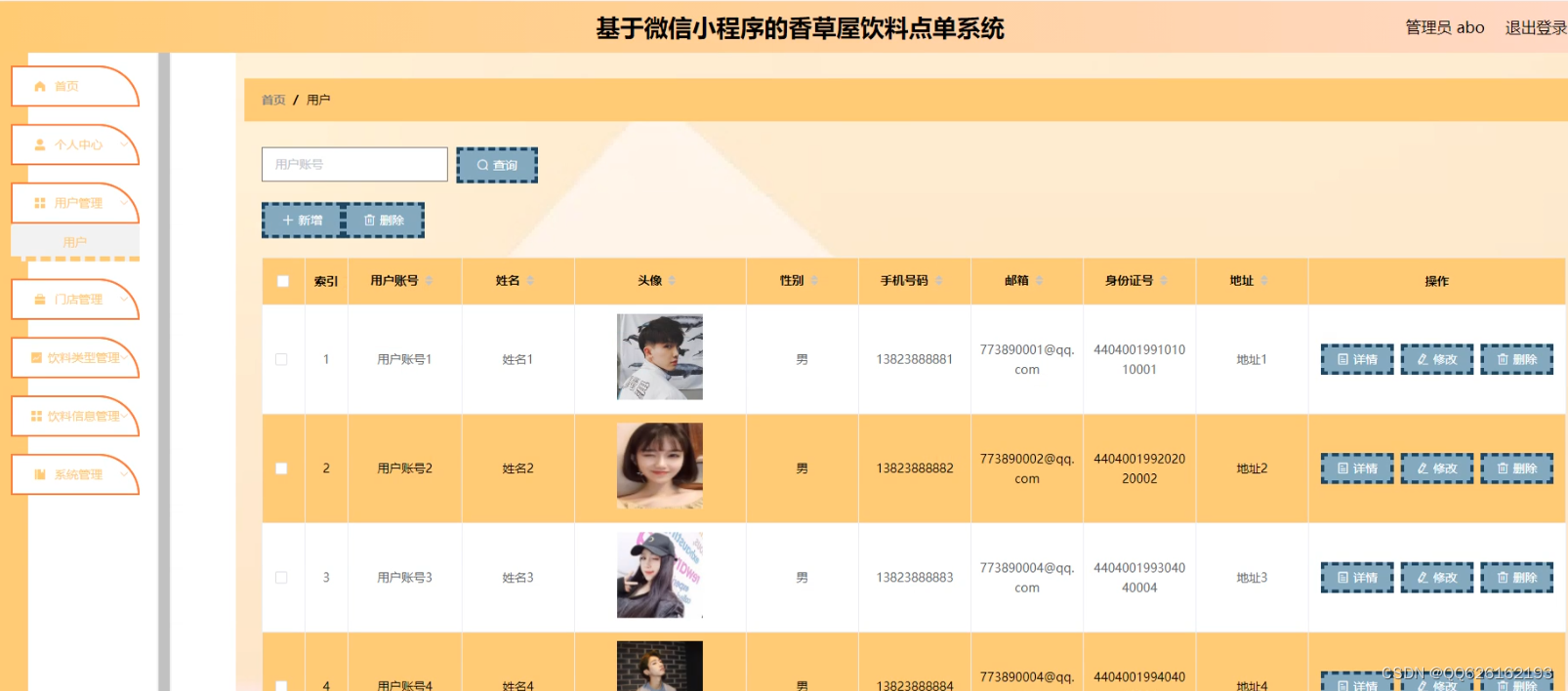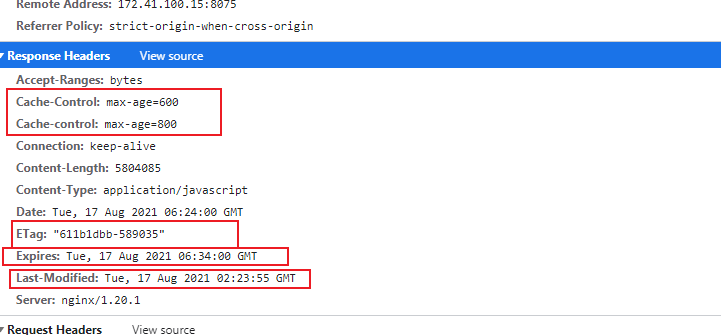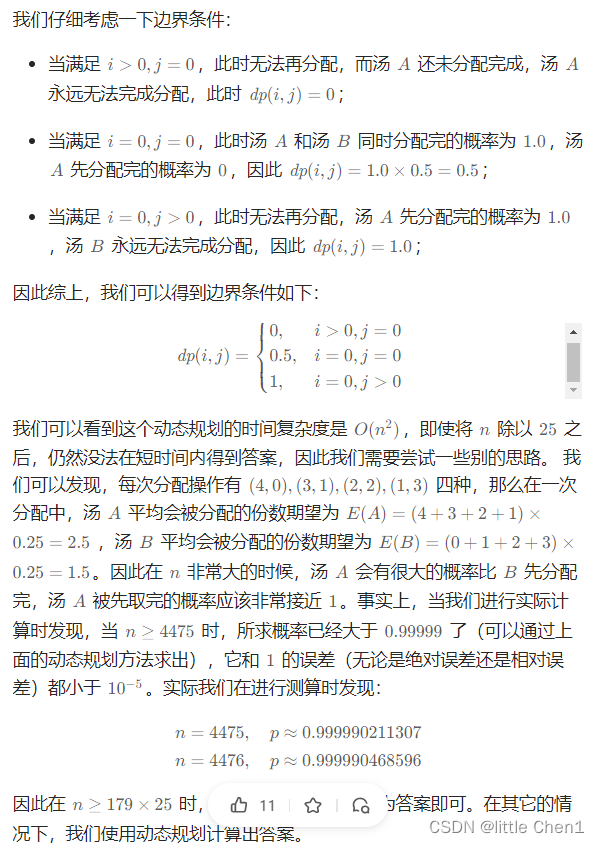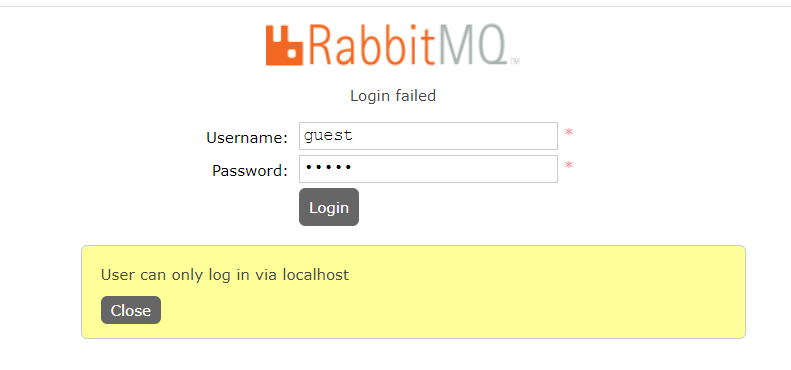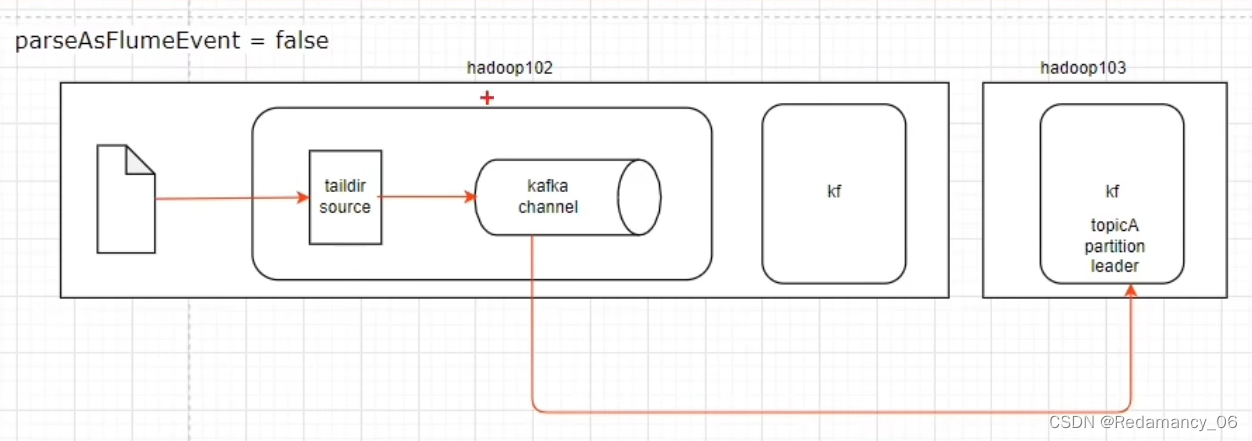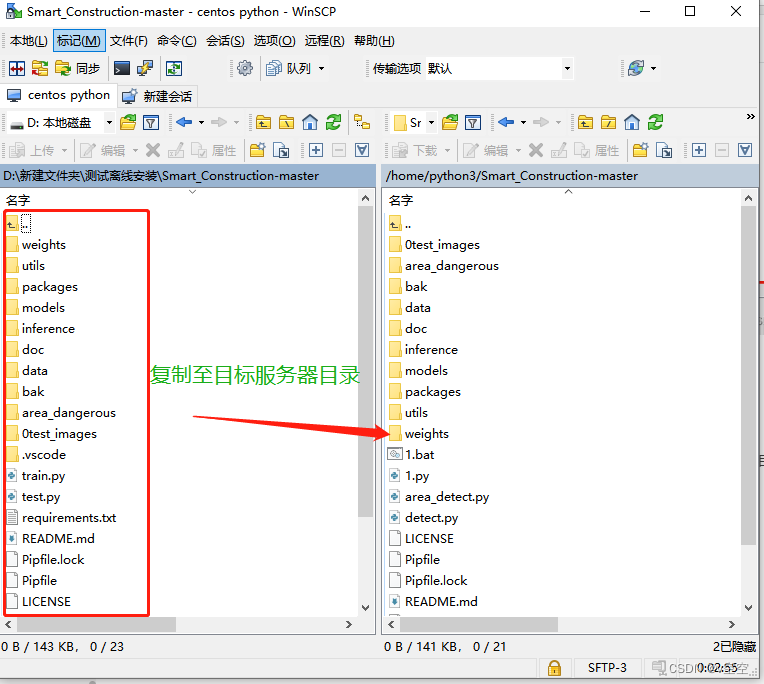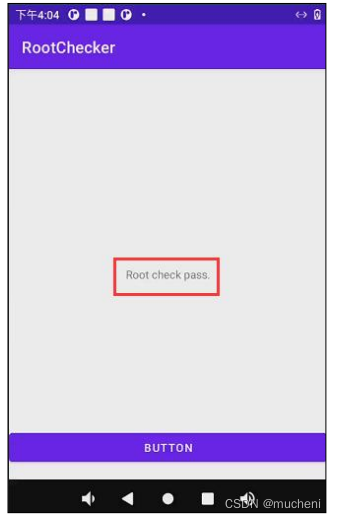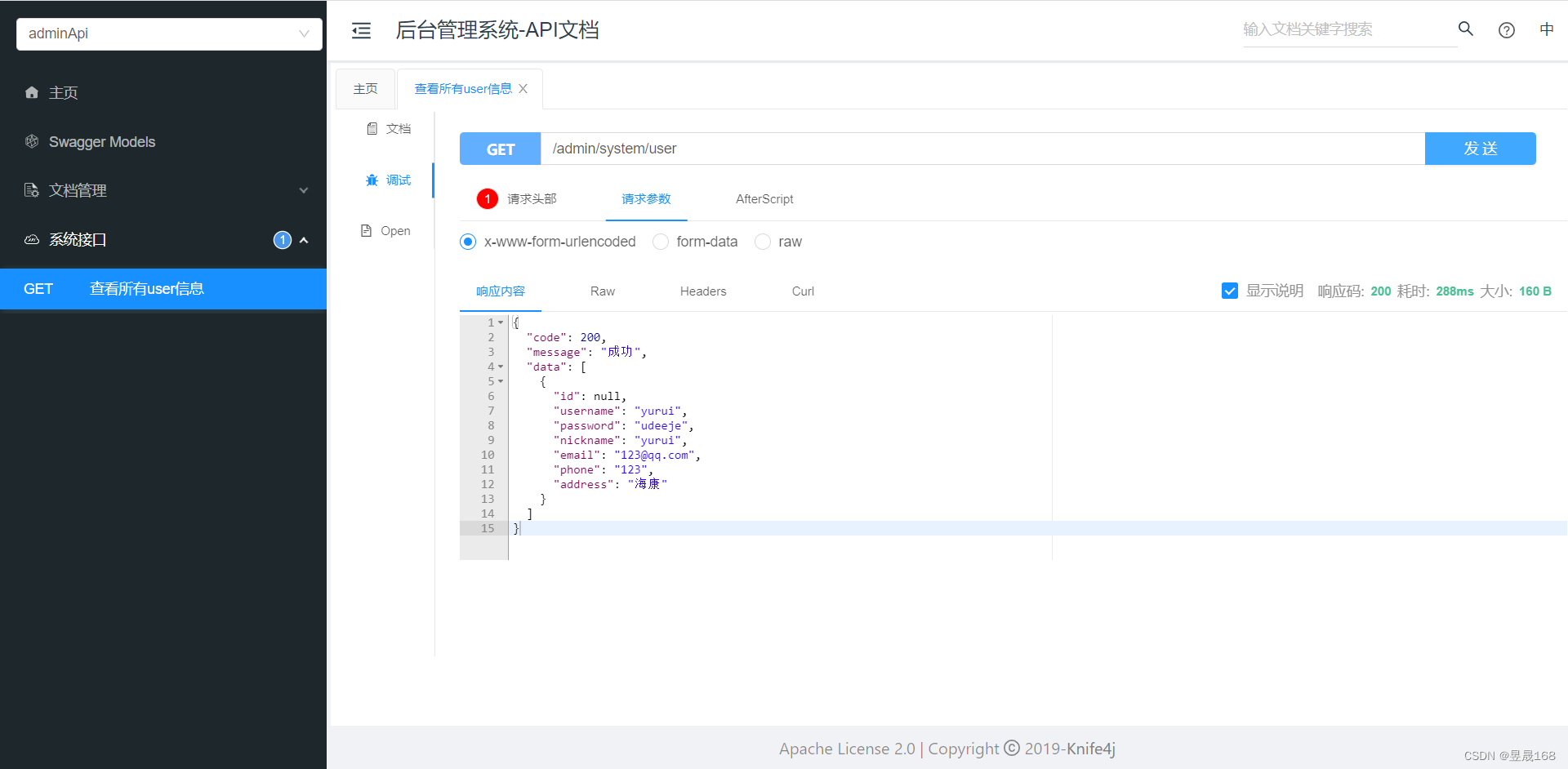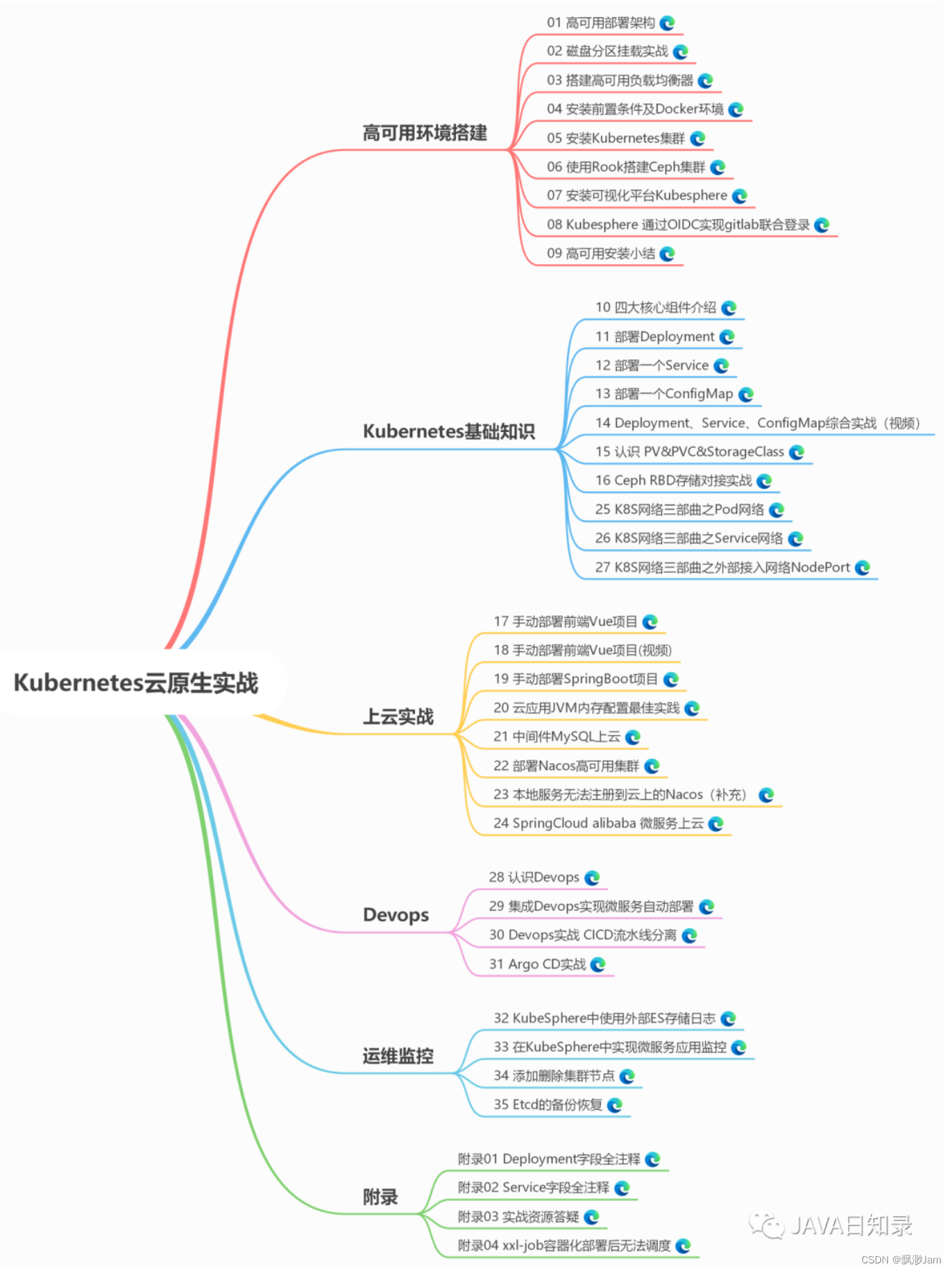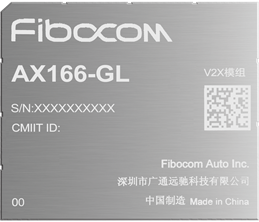题目来源:力扣
1.第一题
203. 移除链表元素 - 力扣(LeetCode)

思路分析:(不带哨兵位的头节点)
每次去分析一个节点,
如果节点不是存的是6,就拿节点来尾插
如果节点存的不是6,就把节点free掉
思路分析:(带哨兵位的头节点)
带哨兵位的头节点的优势之一就是方便尾插
也就是说不需要判断开始尾插的时候是不是为NULL
不带哨兵位头节点需要判断第一插入的时候的节点是不是NULL,以此区分后续的尾插
PS:带哨兵位的思路请读者自己完成,尾插的思路并没有改变,变的仅仅是多了一个哨兵头节点,方便尾插
带哨兵位的头节点仅仅只是方便尾插,其余的操作还是不带哨兵位的头节点的单链表更舒服,实际和OJ题目中几乎不用带哨兵位的头节点(除非明确说明)
参考代码(不带哨兵位的头节点):
struct ListNode* removeElements(struct ListNode* head, int val)
{
struct ListNode* cur = head;
struct ListNode* newhead;
struct ListNode* tail;
newhead = tail = NULL;
while (cur)
{
if (cur->val != val)
{
if (tail == NULL)
{
newhead = tail = cur;
}
else
{
tail->next = cur;
tail = tail->next;
}
cur = cur->next;
}
else
{
struct ListNode* next = cur->next;
free(cur);
cur = next;
}
}
if(tail)
{
tail->next = NULL;
}
return newhead;
}2.第二题
21. 合并两个有序链表 - 力扣(LeetCode)
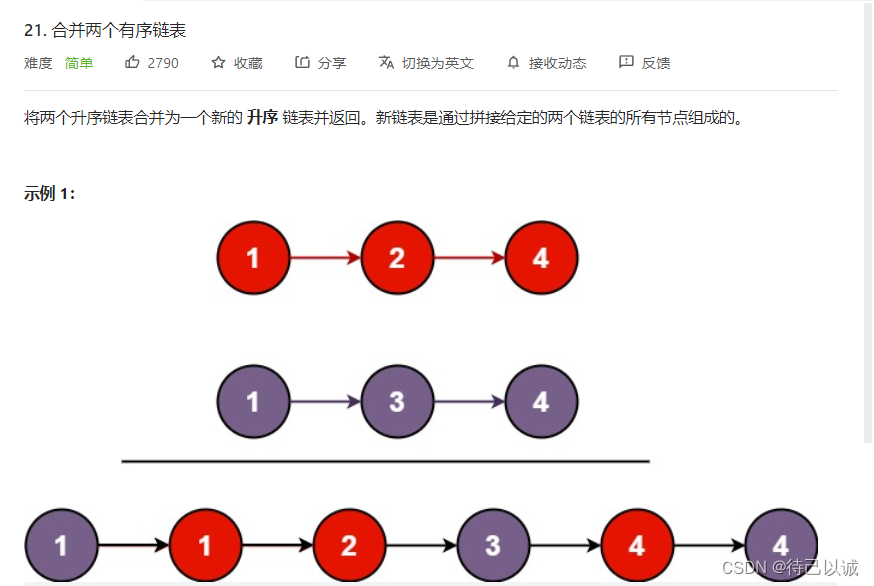
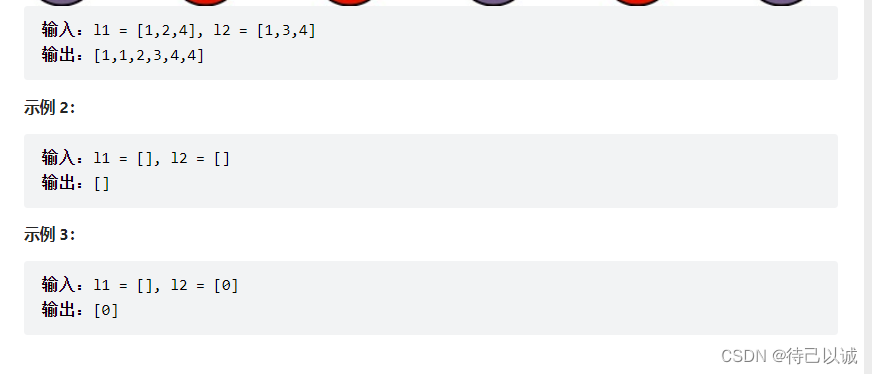
思路分析:
给一个head指针
给一个tail指针
取较小的尾插
参考代码1(不带哨兵位的头节点):
struct ListNode* mergeTwoLists(struct ListNode* list1, struct ListNode* list2)
{
if(list1==NULL)
return list2;
if(list2==NULL)
return list1;
struct ListNode* head;
struct ListNode* tail;
head=tail=NULL;
//取小的尾插
while(list1 && list2)
{
if(list1->val < list2->val)
{
if(tail == NULL)
{
head = tail = list1;
}
else
{
tail->next = list1;
tail = tail->next;
}
list1 = list1->next;
}
else
{
if(tail == NULL)
{
head = tail = list2;
}
else
{
tail->next = list2;
tail = tail->next;
}
list2 = list2->next;
}
}
if(list1)
tail->next = list1;
if(list2)
tail->next = list2;
return head;
}参考代码2(带哨兵位的头节点):
struct ListNode* mergeTwoLists(struct ListNode* list1, struct ListNode* list2)
{
struct ListNode*guard,*tail;
guard = tail = (struct ListNode*)malloc(sizeof(struct ListNode));
guard->next = NULL;
//取小的尾插
while(list1 && list2)
{
if(list1->val<list2->val)
{
tail->next = list1;
tail = tail->next;
list1 = list1->next;
}
else
{
tail->next = list2;
tail = tail->next;
list2 = list2->next;
}
}
if(list1)
{
tail->next= list1;
}
if(list2)
{
tail->next=list2;
}
struct Node* head =guard->next;
free(guard);
return head;
}

